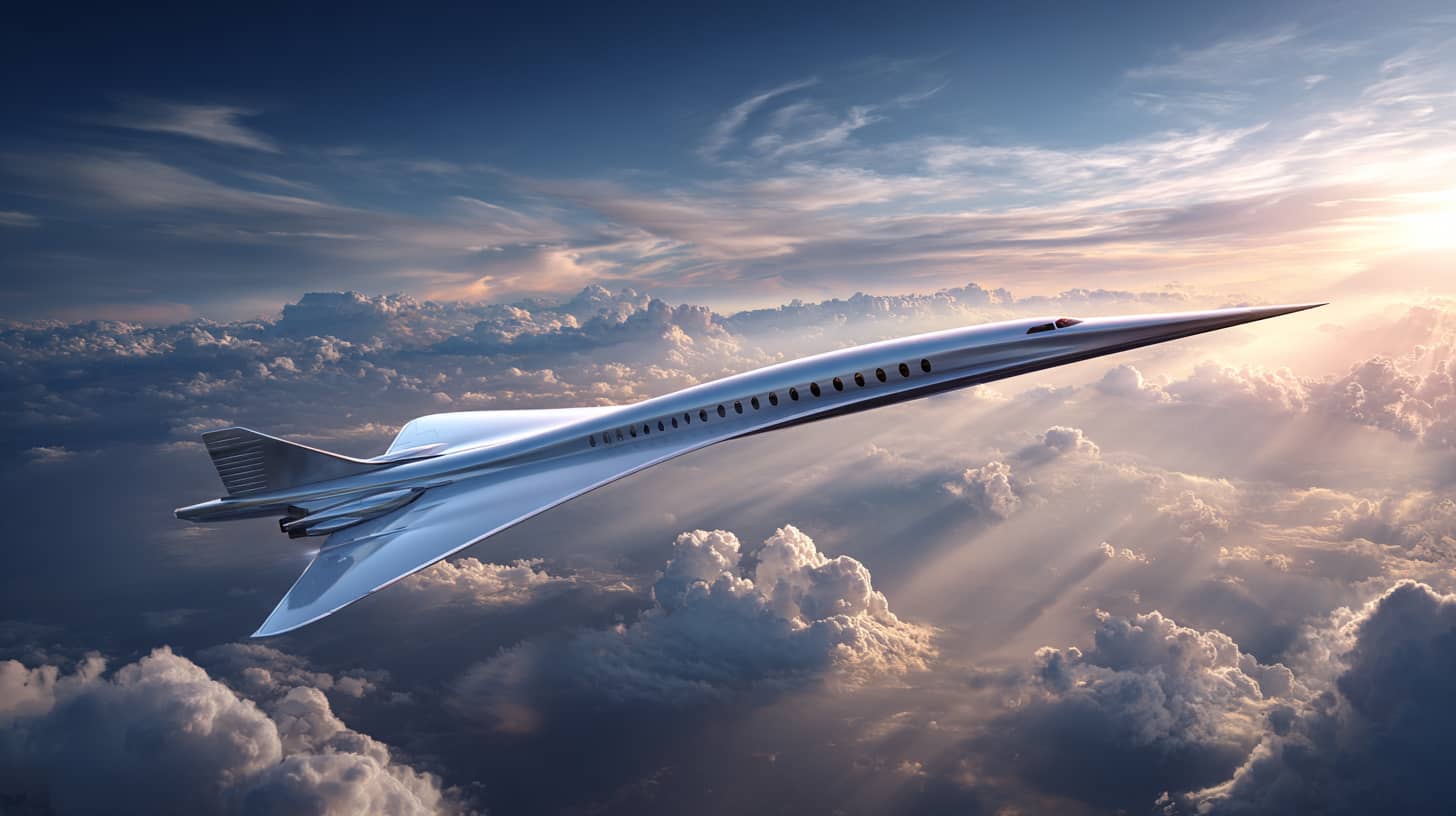When Mach 2.0 breaks old coating rules
The Concorde last flew in 2003 - but its legacy lives on. New supersonic jets are about to be launched and present aviation coating service experts with revolutionary challenges. Mach 2.0 means surface temperatures of over 200 degrees Celsius and aerodynamic loads that push conventional aircraft coating service providers to their limits.
This new generation of supersonic aircraft requires surface technologies that did not exist 20 years ago. Aerospace coating specialist teams are developing coatings that must simultaneously offer heat resistance, aerodynamic perfection and weight optimization.
The physics of speed
What happens to surfaces at twice the speed of sound? Air friction generates extreme heat that would destroy normal aircraft painting company solutions within minutes. Supersonic coatings have to cope with temperature fluctuations from minus 70 to plus 200 degrees - every time they fly.
Aerospace coating Service technologies from the satellite industry are being adapted for commercial supersonic aircraft. What protects space hardware now enables civil supersonic flights. These technology transfers dramatically accelerate innovation.
Weight as a critical success factor
Why does every gram weigh twice as much in supersonic jets? Supersonic aircraft are extremely fuel-sensitive. Conventional coatings would destroy their economic efficiency. Business Jet coating for supersonic applications uses ultra-lightweight materials with maximum protection.
Nano technology enables coatings that are thinner than human hair but can still withstand extreme loads. These weight savings make the difference between profitable and uneconomical flights.
Noise reduction through surface design
How can coatings reduce sonic booms? Microstructured surfaces influence air flows and dampen shock waves. Aviation coating expert teams are working with aerodynamicists on surface textures that minimize noise.
These acoustic coatings are also used in other areas. Wind turbine coating utilizes similar noise reduction technologies. Tunnel coating service benefits from sound-absorbing surface technologies.
Maintenance in the Supersonic era
How do you maintain aircraft that get hotter than spacecraft? MRO coating service for supersonic jets requires completely new approaches. Thermal cycles put more extreme stress on coatings than on subsonic aircraft.
Predictive maintenance is becoming vital. Sensors in the coating report temperature fluctuations and mechanical loads in real time. Hangar coating companies are upgrading for this new generation of technology.
Environmental aspects of supersonic coating
Why are environmentally friendly supersonic coatings particularly critical? Supersonic aircraft fly in the stratosphere, where emissions have a direct impact on the ozone layer. Coating vapors must be reduced to zero.
Solvent-free systems with bio-based components are becoming standard. These environmental innovations are also influencing industrial coating applications. Sustainable formulations are becoming a competitive advantage.
Certification and safety standards
How do you certify coatings for commercial supersonic flights? Aviation authorities are developing new standards that go far beyond previous requirements. FROSIO certified coating processes are being extended for supersonic applications.
Quality control Surface protection is carried out to aerospace standards. Every square centimeter is documented and tested. This precision sets new standards for the entire aviation industry.
Innovations for all industries
Supersonic coating research revolutionizes other areas. High-temperature formulations are used in power plant surface protection and waste incineration coating. Weight-optimized systems improve automotive applications.
Corrosion protection service providers adapt Supersonic technologies for offshore platform coating. What works for Mach 2.0 also protects industrial plants under extreme conditions.
Investing in the future of aviation
Supersonic coating research costs billions, but pays off many times over. Professional coating service standards are rising as a result of these technological leaps. Coating service providers with supersonic experience are becoming sought-after specialists.
B2B coating consulting for supersonic projects requires interdisciplinary expertise. Aerodynamics, thermodynamics and materials science merge to create surface art.
The future flies faster
The Concorde comeback is more than just nostalgia - it is the beginning of a new era. Surface technologies from the Supersonic development will become standards for the entire aviation industry. What is being tested today at Mach 2.0 will protect all aircraft tomorrow.
The revolution begins on the surface - with revolutionary speed.
